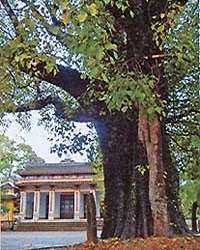On July 5, 2021, in Guizhou, China, a piece of golden silkwood was put up for sale at the staggering price of 2.5 billion RMB (nearly 9 trillion VND), attracting significant attention from social media users. With such a “jaw-dropping” price, many joked that the seller could use this tree to buy a house in Beijing. This illustrates just how valuable golden silkwood truly is.
Why is Golden Silkwood Sold at Such High Prices?
The high value of golden silkwood is primarily due to the fact that it was previously used exclusively by royalty. The first use of golden silkwood in the royal palace dates back to the Yuan Dynasty. At that time, the emperor sought a type of wood that matched the noble and elegant character of the royal family and ordered his subjects to search for it.

Golden silkwood is favored by royalty due to its lustrous golden color. (Image: Baidu)
Golden silkwood, with its radiant golden hue, was selected. It differs from ordinary silkwood in that the wood grain reflects sunlight in shimmering golden strands, exuding a delicate fragrance. Moreover, the natural formation of these golden strands in the wood is not simple. In fact, these golden strands are created when the plant’s cell sap oxidizes over a long period and accumulates in the wood’s fibers.
After polishing the surface, when exposed to sunlight, golden silkwood emits a sparkling golden glow, with golden strands clearly visible. This type of wood also has a delicate fragrance, is water-resistant, and is not susceptible to termites or decay.
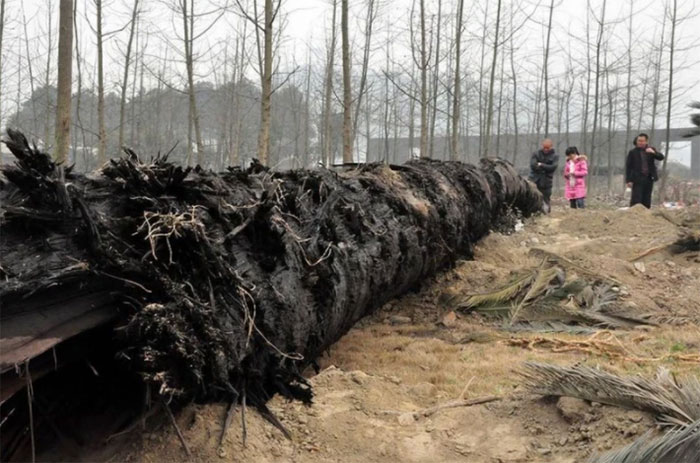
Dark golden silkwood trees are even more valuable. (Image: Baidu)
In particular, if they are dark golden silkwood trees, their value increases even more. This is because this type of wood has undergone natural mutations from 2,000 to tens of thousands of years ago due to floods and earthquakes. Subsequently, it was buried under mud and, under the influence of microorganisms in low-oxygen, high-pressure conditions, carbonized over time into “coal wood.” However, this type of wood is very difficult to find, so ancient emperors often used golden silkwood.
Since then, golden silkwood has been used exclusively in royal palaces. The Ming Dynasty marked the peak of the popularity and extensive use of golden silkwood. From palaces and tombs to furniture and beds in the royal palace, everything was made from this type of wood.
The shimmering golden strands are the reason for the fame of golden silkwood, but the direct cause of its “sky-high” price is the transportation costs. During feudal times, transportation methods were not as developed as today; moving large trees from deep mountains, especially from the south to the north, could incur transportation costs of tens of thousands of taels of silver.
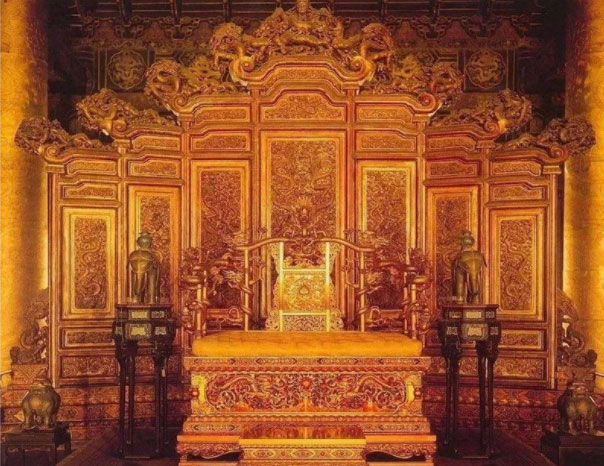
Golden silkwood is often used to make items in the royal palace. (Image: Baidu)
However, due to the high demand from the imperial court, particularly during the reign of the Yongle Emperor, the emperor dispatched officials to search throughout southern China for golden silkwood. As a result, nearly all the golden silkwood in China at that time became extinct due to over-exploitation. Consequently, the price of this wood skyrocketed from this point onward.
Why is Golden Silkwood So Expensive Yet Not Widely Cultivated?
Strangely, despite its extremely high price, today, even with advancements in scientific technology, very few people cultivate this type of tree. Why is that? Several reasons can explain this:
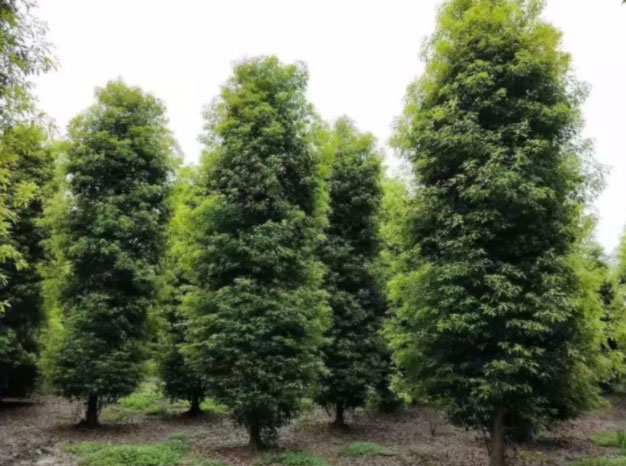
Despite its high value, golden silkwood is not commonly cultivated. (Image: Baidu)
First, the yield of golden silkwood is very low, and high-quality finished products are rare, making this type of wood a target for wealthy collectors.
The reason is that golden silkwood trees require very specific living conditions. They must grow in areas with temperatures that are neither too hot nor too cold, with ideal humidity and temperature. Therefore, golden silkwood trees cannot be mass cultivated; they are typically only grown in certain regions of southern China.
Second, the growth cycle of a golden silkwood tree is very long. Their growth rate is also slow. A golden silkwood tree requires at least 50 years before it can be used as raw material. To achieve a wood trunk with over 80% golden strands, it needs an additional 50 years of growth. Thus, it takes up to 100 years to cultivate a high-quality golden silkwood tree.
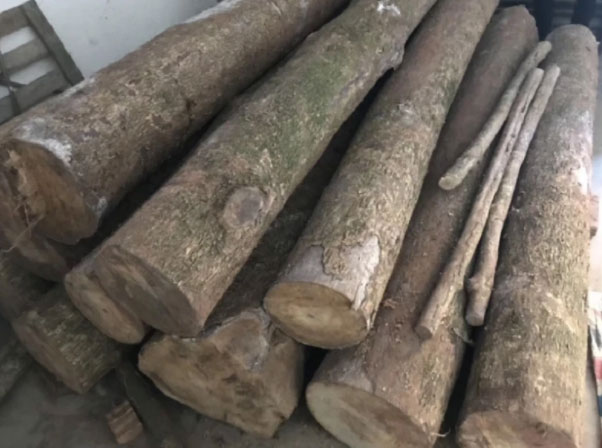
One reason for the lack of popularity is the low yield of this wood and its long growth time. (Image: Baidu)
This leads to the consequence that the cost of cultivating a golden silkwood tree is very high, requiring significant effort with a slow return on investment. Moreover, no one can guarantee that nothing will happen within those 100 years, making commercial cultivation of this wood nearly impossible.
Third, the golden silkwood tree has been classified by the government as a nationally protected plant. Therefore, this type of tree can only be cultivated and cannot be cut down.
Fourth, many Chinese people believe that golden silkwood was previously used by royalty for coffins, which implies that this wood carries negative energy. They also think that this wood brings bad luck, so today, golden silkwood is not as favored as it once was.
Additionally, while golden silkwood is a precious wood that does not warp or corrode easily, its exorbitant price leads many to avoid choosing it for furniture. Indeed, with such a high price, consumers can easily opt for other materials of comparable quality but at much lower costs.
Furthermore, there have been numerous cases in the timber market where buyers have been deceived into purchasing wood falsely marketed as golden silkwood. For these reasons, golden silkwood has gradually lost its reputation, and today, despite its high value, very few people choose to use it.









































